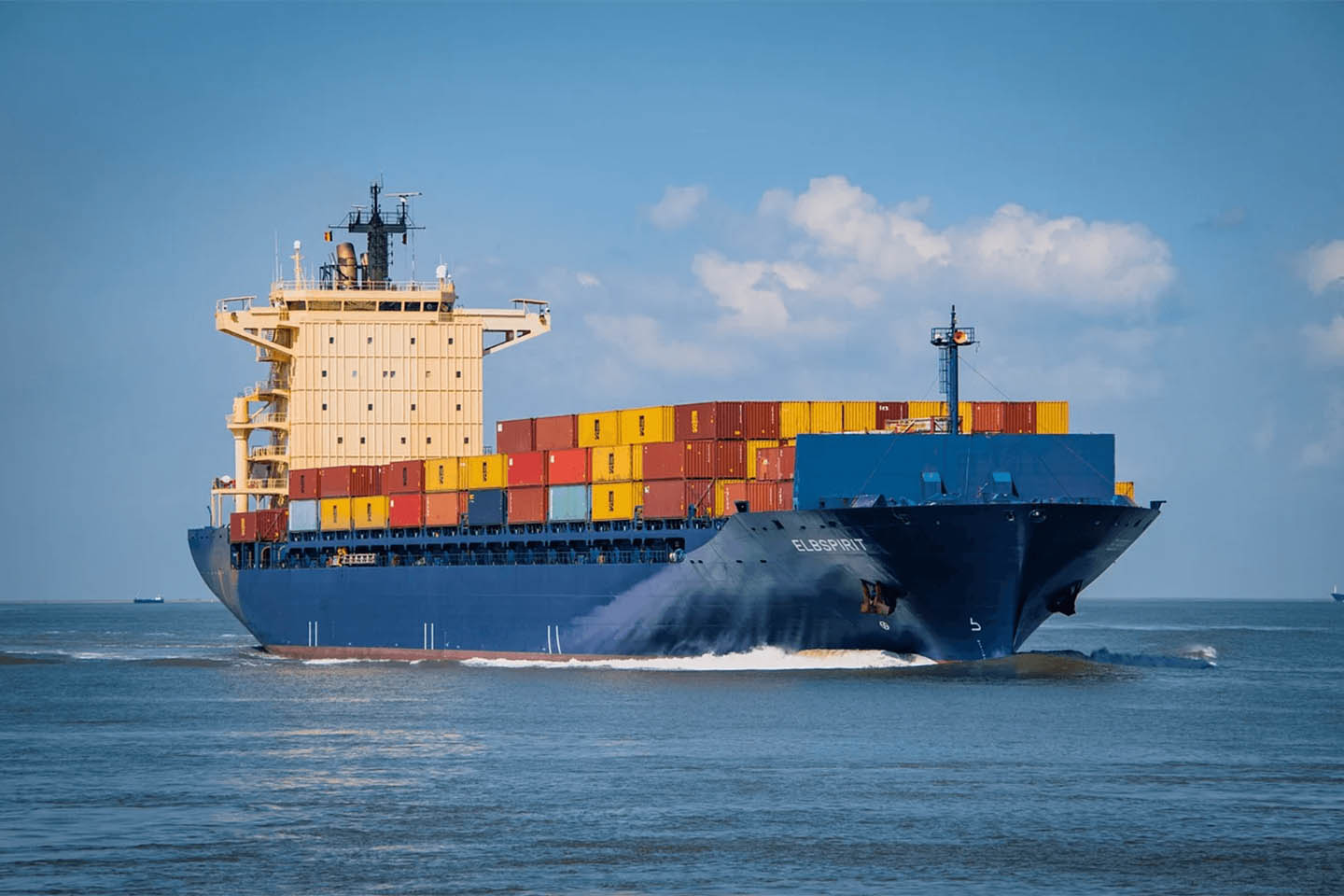A new trade agreement between the United States and China has led to an unexpected ripple effect: a dramatic Pacific cargo surge that's causing logistics costs to rise globally. As major shipping routes become congested and supply chains scramble to keep up with demand, businesses around the world are feeling the heat. This article explores what’s behind the cargo influx, how it impacts international logistics, and what companies can do to adapt.
The Catalyst – US-China Trade Deal
After years of tension, the US and China recently agreed on a new trade framework aimed at stabilizing relations and reopening supply channels. While the deal promises long-term economic cooperation, its short-term effect has been a rush in cargo volume moving across the Pacific.
According to Bloomberg Technoz, container shipping lines are now operating at full capacity, with ports in China and the US West Coast reporting surging volumes. This sudden Pacific cargo surge is largely due to increased exports from China and accelerated import orders from US companies eager to capitalize on reduced tariffs.
The shipping boom has pushed freight rates sky-high. For instance, spot container rates from China to the US West Coast reportedly jumped by over 15% in a matter of weeks, and logistics providers are warning of possible delays throughout the summer of 2025.
The Impact on Global Supply Chains
The consequences of this cargo overload are far-reaching. First and foremost, businesses that rely on just-in-time delivery models are at risk. Many of them are experiencing delays of up to two weeks, with some shipments being rerouted or held at transshipment hubs due to lack of port space.
Secondly, the logistics cost increase is hitting companies' bottom lines. SMEs and e-commerce businesses, in particular, are finding it harder to absorb the cost hikes. A mid-sized retailer in Indonesia, for example, reported that their shipping costs rose by nearly 25% compared to the same period last year.
Moreover, there’s a growing shortage of containers and vessel space. The ocean freight ecosystem, still recovering from COVID-era disruptions, simply isn’t prepared for this level of demand. This Pacific cargo surge is forcing freight forwarders to prioritize high-margin clients, leaving smaller players in the cold.
Finally, inland transport and warehousing in the US are also under pressure. As ports like Los Angeles and Long Beach see record container throughput, trucking services are struggling to keep pace, causing bottlenecks further inland.
How Businesses Can Adapt
Companies must now be strategic in navigating this logistics crunch. Here are several approaches businesses are adopting to cope with the Pacific cargo surge and the resulting logistics cost increase:
- Diversifying Supply Chains: Firms are looking beyond China, sourcing products from Southeast Asia or Latin America to spread shipping risk.
- Shifting to Air Freight: While expensive, air cargo offers faster delivery and fewer delays—an option increasingly explored for high-value or time-sensitive goods.
- Advanced Forecasting Tools: Utilizing AI-driven logistics platforms allows companies to predict bottlenecks and adjust their shipping schedules accordingly.
- Contract Negotiations: Long-term contracts with carriers offer more pricing stability than the volatile spot market, giving businesses better control over shipping budgets.
- Collaboration with 3PL Providers: Third-party logistics firms with global networks can help secure space and optimize routes, easing the pressure on internal teams.
Moreover, governments and trade associations are stepping in. In Indonesia, the Ministry of Trade is monitoring container availability closely and working with port authorities to speed up customs clearance processes. These efforts, while helpful, are still catching up with the intensity of the current logistics environment.
Long-Term Outlook – A New Normal in Global Shipping?
The surge in Pacific cargo volumes could be a preview of a new trend. With geopolitical alliances shifting and economic agreements reshaping trade flows, logistics providers may have to deal with a permanently elevated demand.
Experts warn that this may lead to a structural increase in global shipping costs. As carriers adjust fleet sizes, optimize routes, and invest in digitalization, these improvements will take time and money—costs that may ultimately be passed on to consumers.
Environmental concerns are also gaining attention. With more vessels on the move, carbon emissions are rising, prompting calls for greener shipping strategies. Some ports are experimenting with electric cranes and digital port clearance systems to speed up operations and reduce energy consumption.
For now, businesses must remain agile. The post-deal Pacific cargo surge has proven how interconnected and fragile the logistics chain can be, and proactive adaptation is the only way to stay competitive in this new landscape.
Conclusion
The Pacific cargo surge following the US-China trade deal has sent shockwaves across the global logistics landscape. From higher shipping costs to delayed deliveries, the ripple effects are undeniable. Companies that act fast, invest in forecasting tools, and diversify their supply networks will be in a better position to weather this storm—and whatever comes next.
As we move further into 2025, all eyes will be on how long this logistics cost increase persists and what structural changes the industry adopts to handle similar surges in the future. Whether this becomes the new normal or just a temporary disruption, one thing is clear: agility and foresight are no longer optional in global trade.
Read More






 Sunday, 11-01-26
Sunday, 11-01-26







